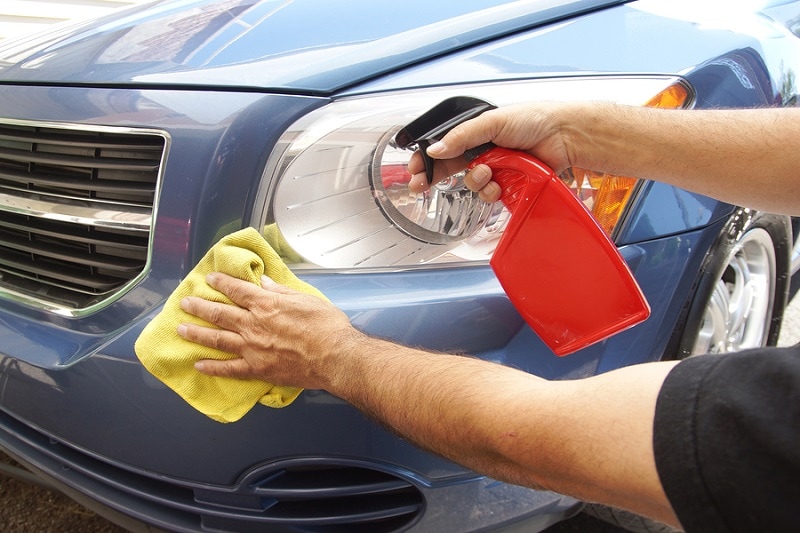Recent Articles
Popular Makes
Body Types
How To Protect Your Car From Sun Damage

If you want to keep your ride looking and running like new, you’ll want to follow these tips on how to protect your car from sun damage. As much as we love fun in the sun, the biggest star in our solar system can wreak havoc on everything we hold dear if we don’t take certain precautions. This goes for our cars just as much as it does our skin.
While it might seem improbable at first glance, on a hot summer day, your car can experience interior temperatures topping 145 degrees Fahrenheit. Further, the surface of your car’s exterior can reach a blistering (quite literally) 195 degrees if left for a time in direct sunlight. Because of this, it really is quite necessary to protect your car from sun.
And, don’t even get us started on what happens in the already superheated environment under the hood of your car when it is exposed to extremely hot temperatures. And while the damage might not be readily apparent at first, over time some serious problems can develop. For this reason, taking certain precautions early and performing them often can save your car a lot of damage—and save you a lot of money.
How To Protect Your Car From Sun Damage: Mechanicals
Hot weather can really do a number on a weakened cooling system, so it’s a good idea to make sure your belts are good, your coolant level is adequate, and all of your hoses are in sound condition. Coolant is just one of the fluids you need to be concerned about, though. Engine oil is the life’s blood of your car. In addition to keeping the reciprocating masses inside your engine happily sliding against one another, oil also helps cool it. An engine running low on oil in hot weather can overheat just as readily as one low on coolant does.
Transmission fluid performs a similar task, keeping your gears meshing smoothly and minimizing their wear, as they work together to keep your car in motion. Elevated temperatures can also have a negative effect on your car’s brake fluid and power steering fluid. Keeping all of these liquids at their optimal levels will ensure the longevity of your car—as well as save you from dealing with breakdowns.
If you live in a dusty area, make sure your air filters are checked regularly during hot months. Dust has a tendency to be more prevalent when it’s hot out, and a clogged air filter will reduce your car’s fuel economy. A clogged air filter could also contribute to damage of the mass air flow sensor. This device is partly responsible for regulating the fuel/air mixture your engine receives. These can cost $400 or more to replace—depending upon the design of your car. Meanwhile, an air filter costs like $10 if you change it yourself, $50 if you pay a service technician to do it. Either way, it’s a better deal.
Car sun damage can also occur to your air conditioning system. Sometimes minor leaks can go undetected in the air conditioning system until it stops working altogether. And of course, this is most likely to happen in the hot weather from which car sun damage can result. Most air conditioning systems are set up to stop working if the refrigerant level drops below a certain threshold. For this reason, your car’s A/C could have a leak without you knowing. A bit of preventative maintenance in the form of a regular checkup can save you from a particularly “heated” situation.
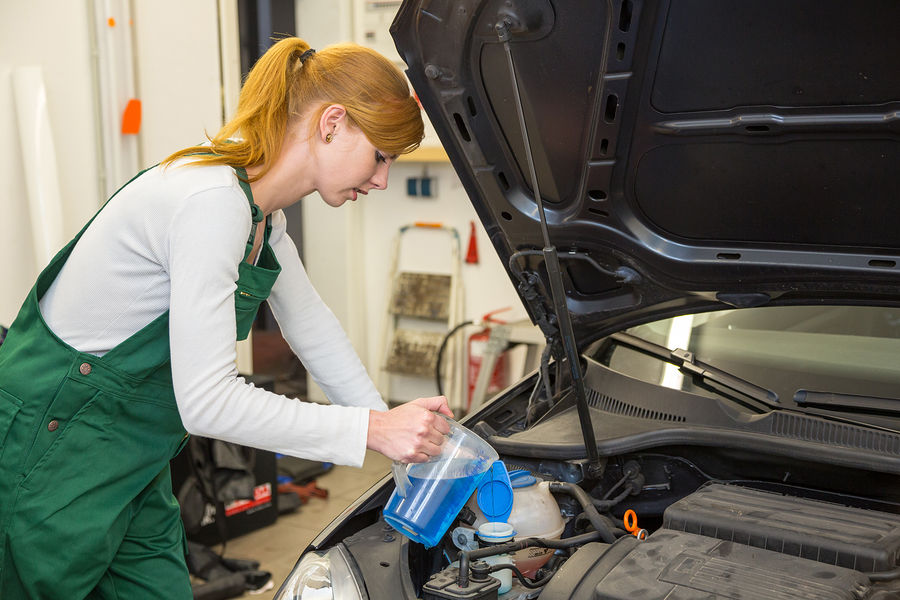
How To Protect Your Car From Sun Damage: Interior
Those nerdy people who put that reflectorized panel up in the windshield of their cars every time they park outside really are on to something. In addition to lowering the interior temperature of the car, they protect the interior from sun damage. Ultraviolet rays from the sun can bleach your interior. Ever notice how the top part of the rear seatback in some older cars looks faded? The phenomenon is known as photodegradation—which basically is just a grad-school way of saying sun damage.
While you’re at it, seat covers will go a long way toward preventing sun damage as well. Although frankly, seat covers kind of beg the question, “Just whom are you saving the seats for?” After all, the next owner will probably just take them off and enjoy the clean new seats you preserved for them all the years you owned the car. But at least you’ll have the satisfaction of having done so.
While we’re on the subject of the seats, if you got the leather interior option, you’ll want to get up on some leather conditioner, particularly if you plan to keep the car for a while. The natural oils that make the leather glow and keep it soft and supple diminish over time. And yes, exposure to sunlight makes this happen faster. A good leather conditioner will retain those oils—keeping the leather moisturized and your interior looking good. But don’t wait too long to start doing it. It’s nigh impossible to put moisture back into leather, best to keep it in there from the very beginning.
You also want to do everything you can to keep the dash, center console, and all other broad, flat expanses of the interior dust and dirt-free. The sun can cook dust and dirt and make them create a next to impossible to remove film. Plus, dust is an abrasive, which can scratch your finishes. A nice soft microfiber cloth is best for this; there are also some cleaning products you can buy to accomplish this as well. A nice low gloss product will help keep those surfaces clean and give them a nice glow, too.
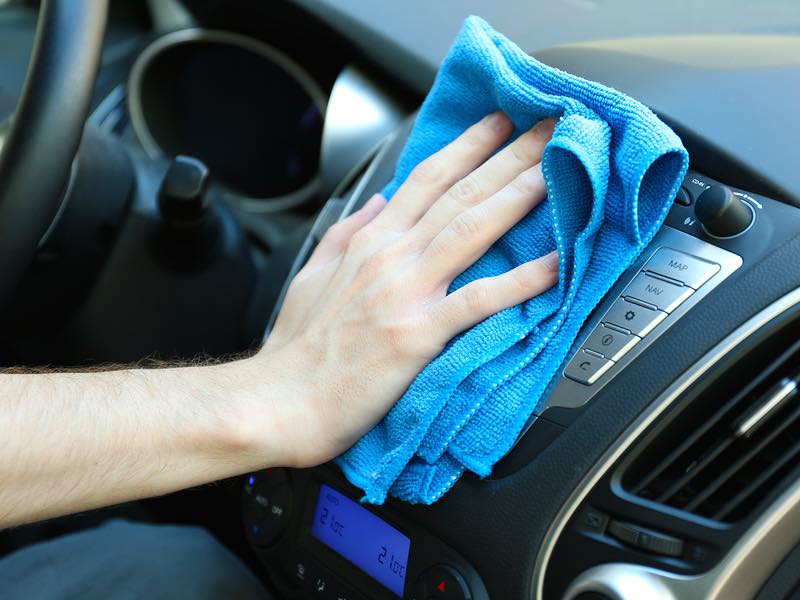
Photo by Stock Photograph
How To Protect Your Car From Sun Damage: Attend to the tires
Attending to your tires is just as important as taking care of the paint. Hot weather elevates the running temperature of your tires, so check them often to make sure they are aired up correctly. You’ll want to do this first thing in the morning in hot seasons, while the tires are still cool. You’ll find tire pressure information on a sticker in the doorjamb of the driver’s side of the car.
Hot pavement and underinflated tires can be a recipe for disaster. Underinflated tires generate more friction when they interact with the pavement, so they’ll run even hotter. Add that to 140 degree pavement, and a blowout—along with a potential loss of control of your car—may be the result. Even if you don’t lose control of the car, you’ll still wind up stranded on the side of the road. And that definitely ain’t what we mean when we say “fun in the sun.” OK?
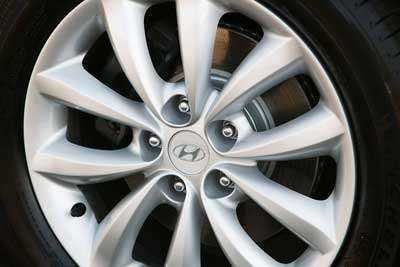
How To Protect Your Car From Sun Damage: Park In the Shade
The easiest and smartest thing to do to protect your car from sun damage, plus the thing that will best ensure your comfort when you return to your car, is to always make an effort to park it in the shade. Going to the mall? Find a spot in the lot under a tree. Just make sure said tree isn’t dropping sap, or is a favorite hangout for birds. Those hazards open up a whole new can of whip-ass for your car’s finish.

How To Protect Your Car From Sun Damage: Wash By Hand
The next best thing you can do to prevent sun damage to the finish of your car is keep the paint dust and dirt free. Frequent washings will accomplish this, but try to wash your car only when the finish is cool as opposed to hot. Heat can make the paint more prone to scratching, particularly when large quantities of dust and dirt are involved.
As part of your washing routine, always make it a point to dry your car by hand. Running the car on the highway and letting the sun and slipstream dry your car is a good way to wind up with a dull finish. Minerals in the water cling to the car if it is allowed to dry by evaporation. Drying the car by hand actually removes the water from the car. The best tool for this is a soft chamois, or another suitably absorbent material.
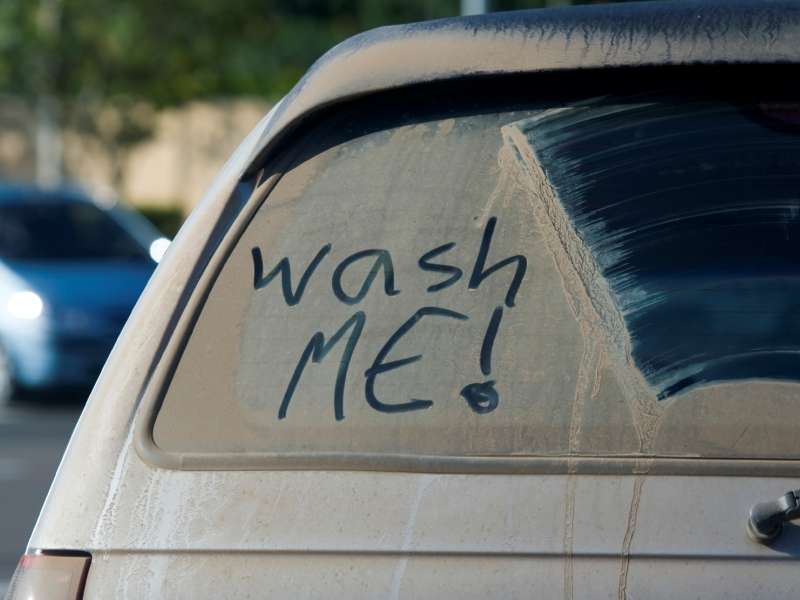
How To Protect Your Car From Sun Damage: Wax It
Waxing your car is a great sun damage deterrent as well. Waxing your car locks in the paint’s natural oils and puts a layer of protection between it and anything that might fall on the car and stain because of the heat. Depending upon where you live, a good rule of thumb is to wax your car at the end of every season. Or failing that, at least twice a year, depending upon the severity of weather conditions. If you live in a fairly mild climate, you can probably get away with doing it at the end of fall and the end of spring. This restores the protective coat after the vagaries of winter have worn it away, and in the fall, gets it ready for the harsh winter weather ahead.
